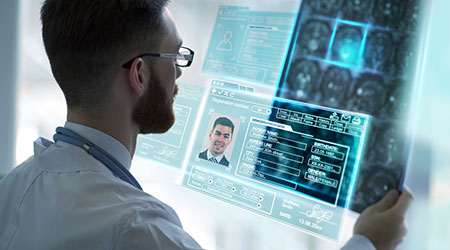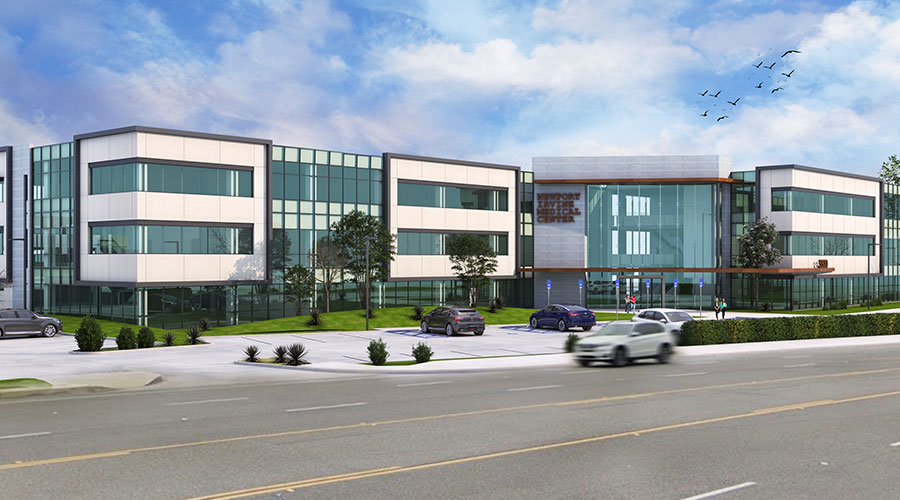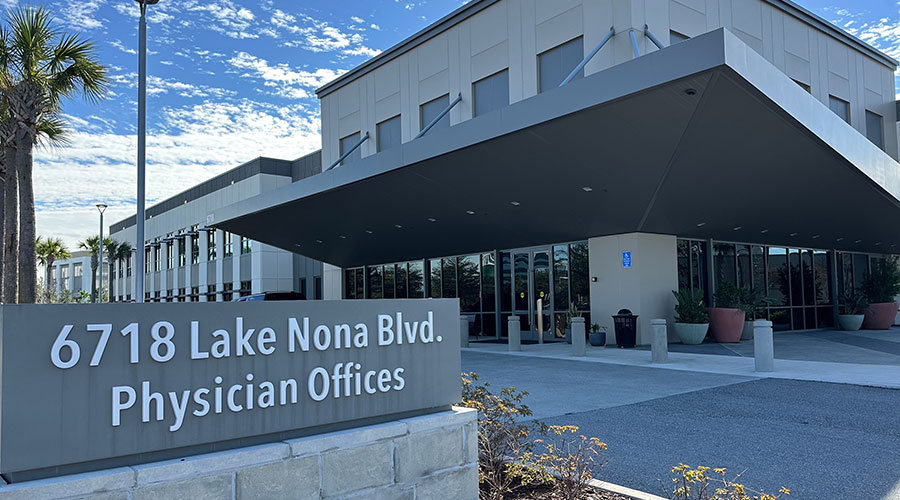In the minds of many, cable is synonymous with television but, in reality, cable plays a vital role in nearly every aspect of our lives. The connectivity provided by the cable industry supports our connected devices, vital data transfers, and so much more. Healthcare facilities, in particular, depend on strong, reliable, and secure cable networks for everything from basic facility operations to critical care.
In recognition of the essential nature of connectivity within healthcare facilities, cable companies have dedicated business service divisions that give healthcare facilities elevated attention. And, in many cases, facilities enter agreements with more than one network provider creating layered service that ensures continuous connectivity.
While a reliable network is a basic requirement for the day-to-day operations of most healthcare facilities in the U.S., the advanced networks of today which feature high speeds and reliability, low latency, and strong security, have helped to proliferate new technologies across the healthcare industry which are improving patient care and facility efficiency. Let’s explore a couple of these areas.
Improving patient care and efficiency through interoperability
Medical device interoperability plays an increasingly important role in healthcare settings. It allows staff to securely and seamlessly exchange sensitive data and information among connected devices and systems.
According to the West Health Institute, more than $30 billion in healthcare savings could be realized annually by solving medical device interoperability. Yet, facility efficiency is not the only thing at stake. Patients are increasingly seeing the benefits of interoperability in their experience with healthcare providers. They find themselves feeling more in control and empowered through better access to their medical teams, their patient information, and to other resources.
The cable industry and healthcare companies alike are recognizing the need for collaboration.
In fact, the cable industry has leveraged its expertise in device interoperability, security and certification to advance the work of the Center for Medical Interoperability. As connected services and devices grow - like wearables and other IoT devices – these types of collaborations will be vital to ensure device interoperability is being supported and scaled.
Expanding the healthcare facility beyond its walls
It’s no surprise that telehealth usage skyrocketed during COVID-19 in an effort to support social distancing and shelter-in-place guidelines. For the first time the federal government allowed doctors to use telehealth to treat Medicare patients. Telehealth capabilities turned people’s living rooms into an extension of the healthcare facility where they could seek care in a safe environment. This adoption of telehealth, made possible by strong cable networks, shortened wait time, freed up beds, and provided more resources to be spent on critical care.
In addition to basic virtual visits, there has also be an expansion of remote patient monitoring. This is especially important when it comes to chronic ailments, the treatment of which make up more than 75 percent of the $2.5 trillion spent on healthcare annually, according to the Centers for Medicare & Medicaid Services (CMS). Practitioners that utilize telehealth and remote monitoring are able to stay abreast of potential chronic illness emergencies, helping patients avoid unnecessary emergency room visits, again saving all parties time and money.
We’ve seen numerous examples of cable companies and healthcare facilities successfully partnering to deliver advanced patient care. For example, looking back pre-pandemic, Cox Communications acquired Trapollo, a leading provider of telehealth and remote health monitoring solutions. At the time of the acquisition, Cox said that, “The home will be an increasingly important node within the healthcare delivery architecture.”
As the home and other facilities increasingly become extensions of traditional healthcare facilities through telehealth and telemedicine, collaborations between the cable industry and healthcare facilities will becoming increasingly vital.
The future is now
As we look to the future, we can expect the rapid proliferation of new medical technologies that rely on advanced cable networks. Already we are seeing the use of virtual reality (VR) by neurosurgeons to use multiple CT scans or MRIs to visualize a patient’s anatomy in 3D. Called Surgical Theater, this technology allows the doctor to simulate surgery before making a single incision and to educate the patient on their unique condition by providing them a “tour” of their own brain. Surgical Theater allows surgeons to be better prepared and makes patients feel more in control before a major procedure, as seen with this example from George Washington University Hospital. These immersive experiences require high-capacity, low latency networks that can deliver massive amounts of data.
Supporting these and other innovations in healthcare requires advanced networks and scalability. Programs such as SCTE•ISBE’s Explorer Initiative does just that - paves the way for cable telecommunications to support future technologies and services. The telemedicine and telehealth working groups within Explorer work to develop industry standards specific to network service providers that will directly impact healthcare. Healthcare decisionmakers joining initiatives like Explorer means more opportunity to be part of the industry’s transformation. As the cable industry moves incrementally toward a 10G network, healthcare facilities will have access to faster speeds, greater capacity and reliability, and lower latency that will dramatically improve quality of care and facility operations.
Many of these advancements in cable technology and the role of cable in healthcare will be on display during Cable-Tec Expo®, the largest cable telecommunications and technology tradeshow in the Americas. This four-day event, Oct. 12-15, 2020, will include innovative discussions around telehealth, telemedicine, and the future of connectivity. And, for the first time ever, Expo 2020 is virtual and free (pre-registration required).
Chris Bastian is the Chief Technology Officer & Senior Vice President, Engineering, SCTE•ISBE.

 States Move Forward to Better Protect Senior Citizens
States Move Forward to Better Protect Senior Citizens Archer and REDA to Transform Newport Beach Building into Outpatient Center
Archer and REDA to Transform Newport Beach Building into Outpatient Center Sunflower Medical Group Facing Lawsuit Following January Data Breach
Sunflower Medical Group Facing Lawsuit Following January Data Breach Nemours Children's Health Opens New Location in Lake Nona
Nemours Children's Health Opens New Location in Lake Nona Enhancing Safety at Hennepin Healthcare with a Screening System
Enhancing Safety at Hennepin Healthcare with a Screening System